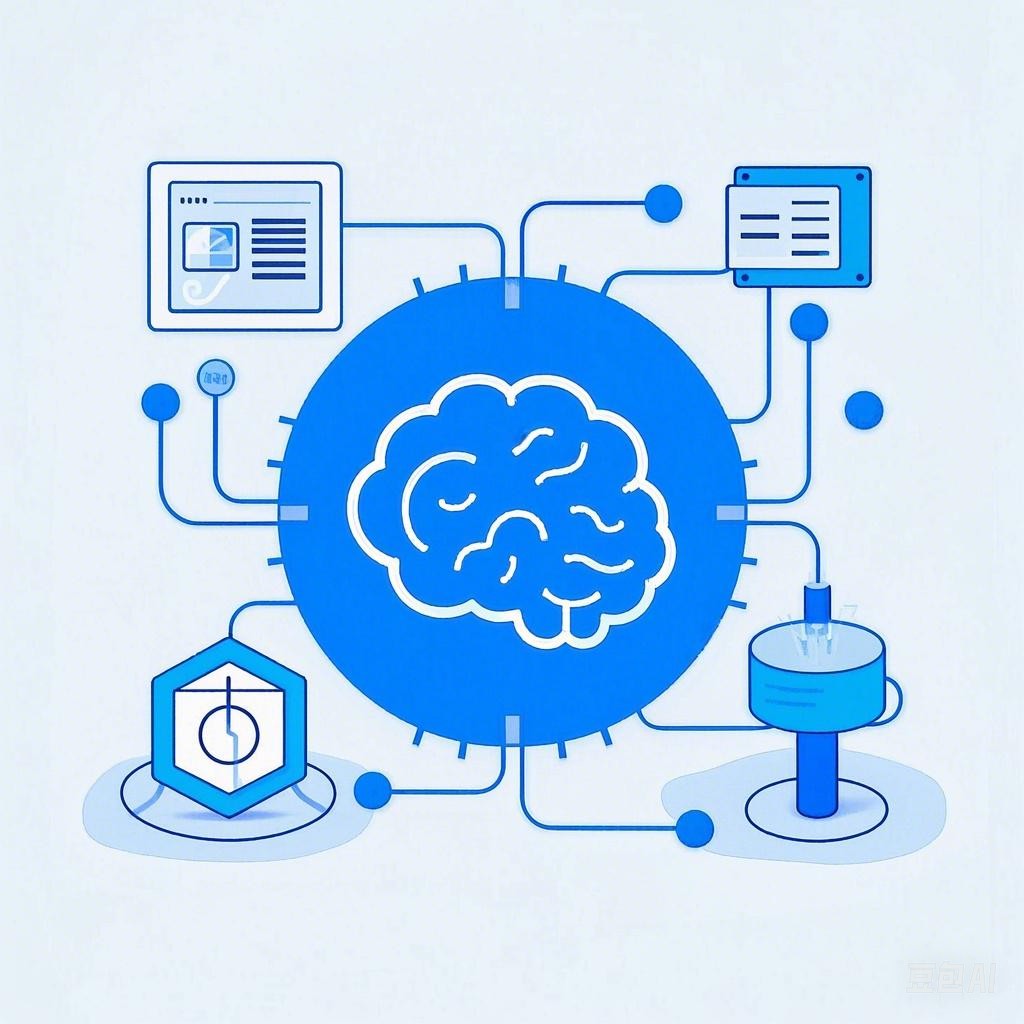Introduction
In today’s digital age, user experience (UX) has become a pivotal factor in the success of any product or service. The foundation of a great UX lies in effective interaction design, which directly impacts how users interact with a product. This article delves into the intricacies of interaction design, exploring its principles, tools, and techniques to help you unlock the full potential of user experience.
Understanding Interaction Design
Definition
Interaction design is the process of creating meaningful and enjoyable experiences for users through the design of the interfaces that connect people to products and services. It focuses on the interaction between users and digital devices, ensuring that the experience is intuitive, efficient, and enjoyable.
Components of Interaction Design
- User Research: Understanding the needs, behaviors, and motivations of the users is crucial. This involves gathering data through surveys, interviews, and usability testing.
- Information Architecture: Organizing and structuring the content in a logical and intuitive manner. This includes creating sitemaps, wireframes, and prototypes.
- User Interface (UI) Design: Designing the visual elements of the product, such as buttons, icons, and typography, to create a visually appealing and cohesive look and feel.
- User Experience (UX) Design: Focusing on the overall experience of the user, including the usability, accessibility, and emotional response to the product.
- Interaction Prototyping: Creating interactive models of the product to test and iterate on the design.
Principles of Effective Interaction Design
- Clarity: The design should be clear and easy to understand. Users should be able to complete tasks without confusion or frustration.
- Consistency: Consistency in design elements, such as color schemes, typography, and button styles, helps users learn and navigate the product more efficiently.
- Feedback: Providing immediate and clear feedback helps users understand the results of their actions and how to correct errors.
- Efficiency: The design should enable users to complete tasks with minimal effort and time.
- Accessibility: Ensuring that the product is usable by people with disabilities, such as those with visual impairments or motor disabilities.
- Aesthetics: A visually appealing design can enhance the user experience and make the product more enjoyable to use.
- Contextual Relevance: The design should be tailored to the specific context in which the product is used.
Tools and Techniques for Interaction Design
- Wireframing: Creating low-fidelity representations of the product’s interface to establish the layout and structure.
- Prototyping: Building interactive models of the product to test and iterate on the design.
- Usability Testing: Observing users as they interact with the product to identify usability issues and gather feedback.
- A/B Testing: Comparing two versions of the product to determine which one performs better.
- Surveys and Interviews: Gathering qualitative and quantitative data about user preferences and behaviors.
Case Studies
Case Study 1: Airbnb
Airbnb’s interaction design has been instrumental in its success. The company focused on simplicity and clarity, allowing users to easily navigate the platform and find accommodations. They also implemented features such as personalized recommendations and detailed photos, enhancing the user experience.
Case Study 2: Dropbox
Dropbox’s interaction design emphasizes ease of use and efficiency. The company’s clean and intuitive interface makes it easy for users to upload, share, and manage files. Additionally, Dropbox’s seamless integration with other devices and platforms has contributed to its popularity.
Conclusion
Effective interaction design is a critical component of a successful user experience. By understanding the principles of interaction design and utilizing the appropriate tools and techniques, you can create products that are intuitive, efficient, and enjoyable to use. As the digital landscape continues to evolve, the importance of interaction design will only grow, making it a valuable skill for any designer or developer.
